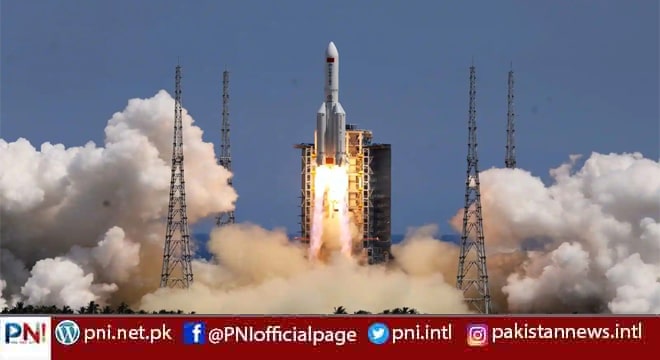Beijing, July 24 (AFP/APP): China launched on Sunday the second of three modules needed to complete its new space station, state media reported, the latest step in Beijing’s ambitious space programme.
The uncrewed craft, named Wentian, was propelled by a Long March 5B rocket at 2:22 pm (0622 GMT) from the Wenchang launch centre on China’s tropical island of Hainan.
Beijing launched the central module of its space station Tiangong — which means “heavenly palace” — in April 2021.
Almost 18 metres (60 feet) long and weighing 22 tons (48,500 pounds), the new module has three sleeping areas and space for scientific experiments.
It will dock with the existing module in space; a challenging operation that experts said will require several high-precision manipulations and the use of a robotic arm.
“This is the first time China has docked such large vehicles together, which is a delicate operation,” said Jonathan McDowell, an astronomer at the Harvard-Smithsonian Center for Astrophysics.
He said until the next module arrives, the space station will have a “rather unusual L-shape” which will take a lot of power to keep stable.
“These are all technical challenges that the USSR pioneered with the Mir station in the late 1980s, but it’s new to China,” he told AFP.
“But it will result in a much more capable station with the space and power to carry out more scientific experiments.”
Wentian will also serve as a backup platform to control the space station in the event of a failure.
The third and final module is scheduled to dock in October, and Tiangong — which should have a lifespan of at least 10 years — is expected to become fully operational by the end of the year.
Follow the PNI Facebook page for the latest news and updates.








